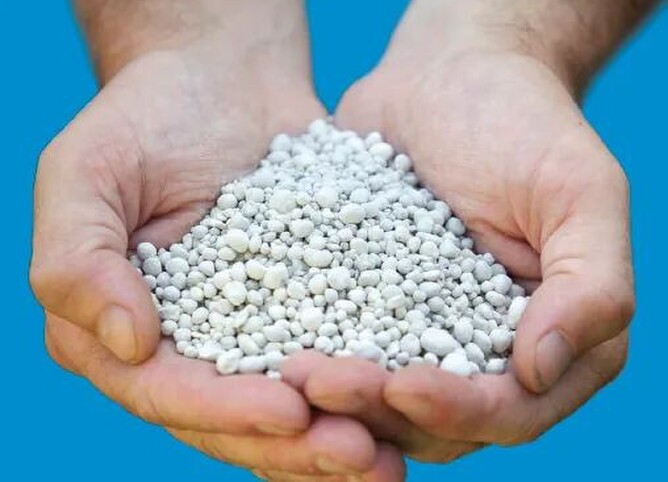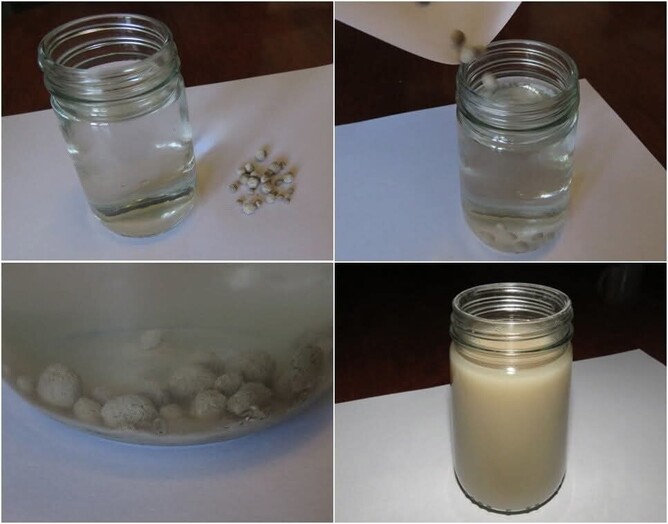Why “fine” matters
Picture dropping a boiled sweet and a teaspoon of icing sugar into a glass of water. The powdered sugar dissolves almost instantly because every fleck is exposed to liquid; the boiled sweet ... not so much. It’s the same inside your cow: ultra-fine mineral particles present far more surface area, so more of every gram is available for digestion instead of decorating the paddock. That translates to:
Faster, fuller absorption in the rumen
Less waste – you’re paying for nutrition, not fertiliser
Consistent daily dosing, because more of each cow’s requirement is met every feed
The link to milk fever & other metabolic headaches
At calving a typical Friesian suddenly needs roughly 30g of elemental calcium every day just for milk production. If calcium doesn’t reach the bloodstream quickly enough, muscles can’t contract and the familiar “down cow” scenario – clinical milk fever – follows. Fine-particle calcium sources dissolve rapidly, lifting blood calcium sooner and reducing both clinical and sub-clinical cases.
Each textbook milk-fever cow is reckoned to cost about $500 in vet bills, lost yield and flow-on problems. Even when cows stay on their feet, low-grade calcium deficits drag down rumen motility and open the door to ketosis, retained membranes and other spring hassles.
How MineralBoost keeps the “fine” advantage without the dust
Fine powders are brilliant in the cow but messy everywhere else – think dust clouds, feed-shed segregation and variable intakes. MineralBoost binds ultra-fine particles into a rumen-dispersible granule: no dust when handling, every granule carries the full recipe, then it breaks apart quickly once swallowed, restoring the full fine-particle punch.
Science backs what farmers see
Studies have consistently shown that dairy cows absorb minerals like calcium and magnesium more effectively when they’re delivered in fine particle form. Research by Lean et al. (2006) and Goff (2008) found that fine particles (<150 microns) dissolve more rapidly in the rumen fluid, resulting in higher blood calcium levels and improved metabolic response during early lactation. In contrast, coarse mineral particles often pass through the rumen too slowly or incompletely digested, limiting their effectiveness. For cows under pressure at calving, the faster uptake of fine minerals can significantly reduce the risk of milk fever and subclinical hypocalcaemia.
Take-home message
Fine-particle minerals may be tiny, but the pay-off under a $10 milk price is anything but – fewer down cows, steadier milk flow, and serious cash saved on vet bills and milk fever treatments. Invest in a dust-free, rumen-dispersible granule and you’re set for a smoother spring and a stronger bottom line.
Ready to see the difference?
Contact your local MineralBoost representative today.
MineralBoost is sold nationwide through all leading stock-feed companies, rural merchants, and via IXOM in the South Island.
References
Lean, I. J., DeGaris, P. J., McNeil, D. M., & Block, E. (2006). Hypocalcaemia in dairy cows: Meta-analysis and dietary cation–anion difference theory revisited. Journal of Dairy Science, 89(2), 669–684.
Goff, J. P. (2008). The monitoring, prevention, and treatment of milk fever and subclinical hypocalcemia in dairy cows. Veterinary Journal, 176(1), 50–57.





